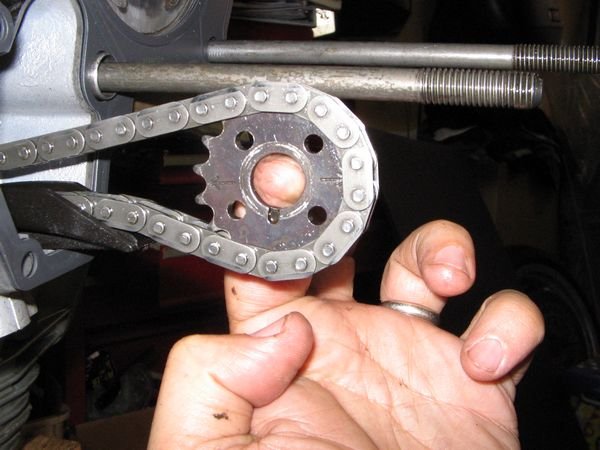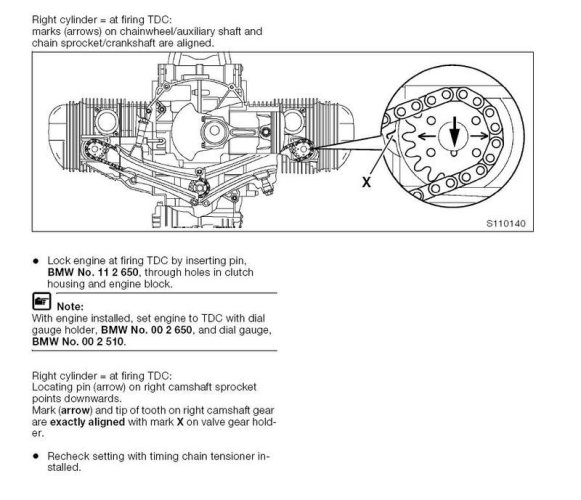jpm1074
New member
Going to do a valve adjustment on my R1150GS and don't have a lot of experience with boxer motors. Purchased feeler gauges from wunderlich watched several videos on youtube on the subject and still have a couple of questions. When you find the "OT" mark on the flywheel via the inspection hole, are both cylinders at top dead center? Do you adjust the valves on both cylinders at that time?
Thanks in advance for input.
Thanks in advance for input.



